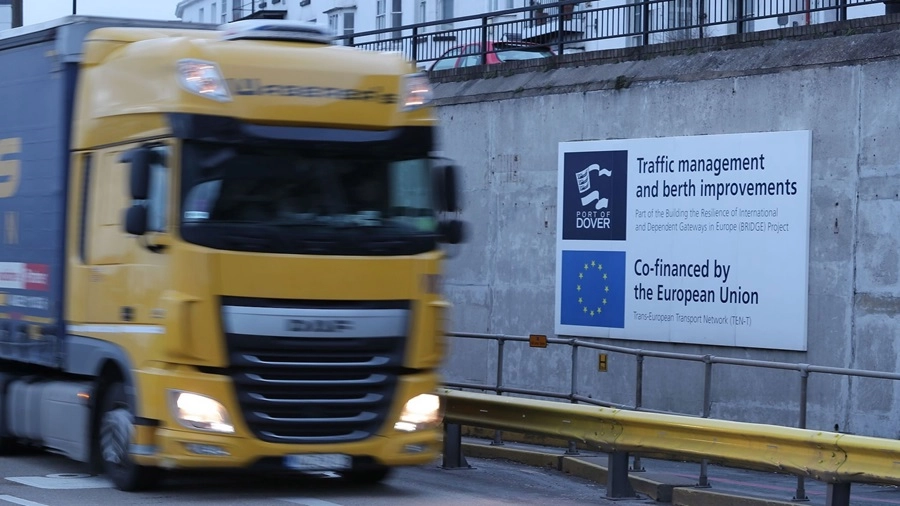
On January 18, a provisional political agreement was reached between the European Parliament and the Council, strengthening carbon dioxide (CO2) emission standards for new heavy-duty vehicles.
Various stakeholders in the sector shared their opinions through social media or the press following this new provision.
Wopke Hoekstra, a Dutch politician appointed as European Commissioner for Climate Action in 2023, stated, “Road transport emissions are increasing, and we need to change the trend.”
In the same vein, he explained, “By producing more zero-emission vehicles, the European industry will be in a stronger position to compete, and it now has long-term certainty about the applicable standards.”

Another figure expressing their opinion was Joanna De Smedt, Climate Attaché at the Belgian Representation to the EU, who said, “Another step for the climate and a good start for the Presidency!”
It’s worth noting that on January 6, Belgian Charles Michel officially assumed the role of President of the European Council. Michel served as the Prime Minister of Belgium from 2014 to 2019.
Statements from Poland also came in regarding the new agreement.
“We cannot continue like this, neither Europe nor the rest of the world. We are not meeting the safe climate targets; we must intensify our efforts,” declared Urszula Zielinska, Secretary of State at Poland’s Environment Ministry.

Eamonn Mulholland, Associate Researcher at the International Council on Clean Transportation, commented, “What has been agreed upon would be one of the strictest CO2 standards ever seen for heavy-duty vehicles and brings us much closer to climate neutrality.”
It’s worth mentioning that a study by market researcher IDTechEX indicates that only ten percent of trucks on the road are medium and heavy-duty vehicles, but they contribute 40 percent of emissions in the sector.
This suggests that electric trucks are necessary to decarbonize road freight transport.
Thanks to this provision and other efforts undertaken by various European governments, projections are positive.

It is expected that by 2030, at least 50 percent of new trucks in the EU will be electric.
While only 4,000 units were registered in 2022, it is anticipated that this number will grow exponentially over the next six years, reaching 600,000 vehicles.
This estimation comes from Daimler Truck, Traton Group, and Volvo, as reported in the Arthur D Little consultancy’s study.
What does the new CO2 standard agreement entail?
The recent agreement sets emission reduction targets for heavy-duty trucks at 45 percent for 2030-2034, 65 percent for 2035-2039, and 90 percent from 2040 onwards.
Furthermore, the provision broadens the scope of the standard, extending it to all types of trucks.
In this regard, the regulation also includes working vehicles from 2035 onwards, namely garbage trucks, dump trucks, or concrete mixers.
It also takes into account urban and long-distance buses, as well as trailers.
Regarding public transport, new urban circulation buses must reduce their carbon emissions by 90 percent from 2030 across Europe.
“Long-term predictability is crucial for governments and businesses to plan ahead and involve everyone in this ambition,” clarified Wopke Hoekstra.
Under the provisional agreement, the Commission will review the effectiveness and impact of the regulation by 2027.
However, a final vote by the European Parliament and Council is still pending for it to become an official regulation.
But what did the previous agreement consist of?
CO2 emission standards for certain heavy-duty trucks were first established in 2019.
At that time, objectives were set for the period from 2025 to 2029 and for 2030 onwards, with the provision that there would be a review of the regulation by the year 2022.







